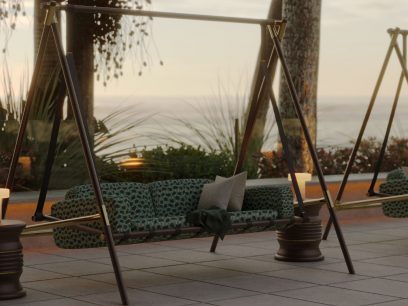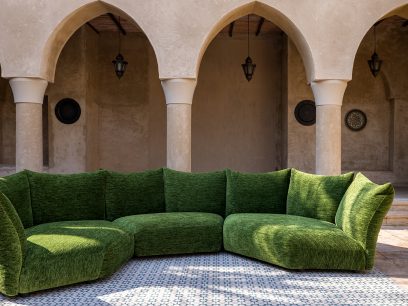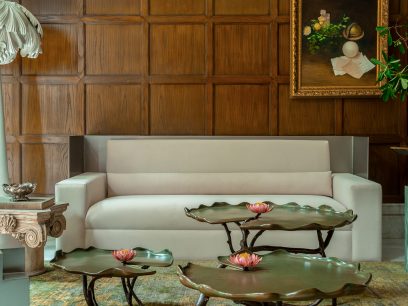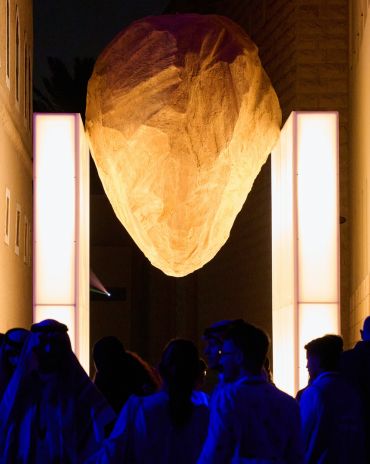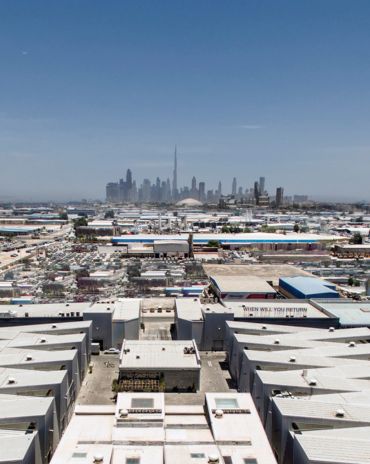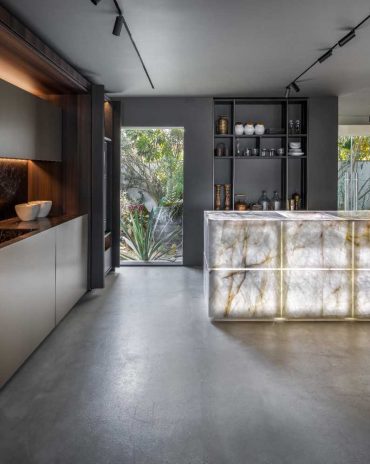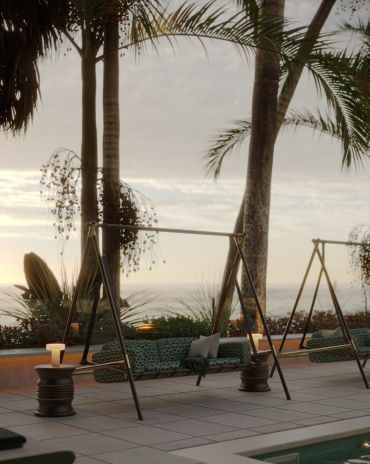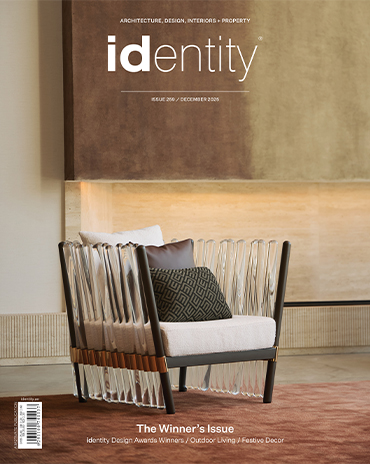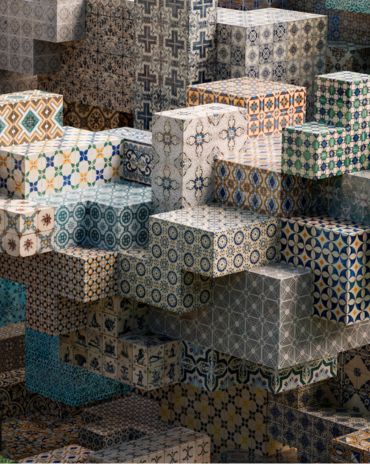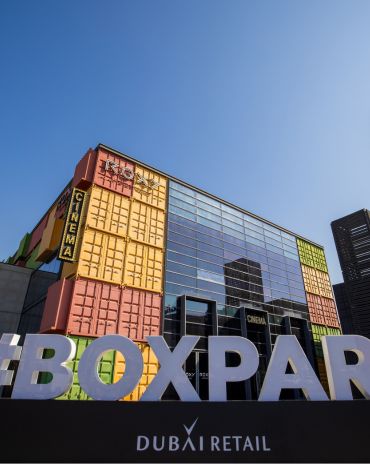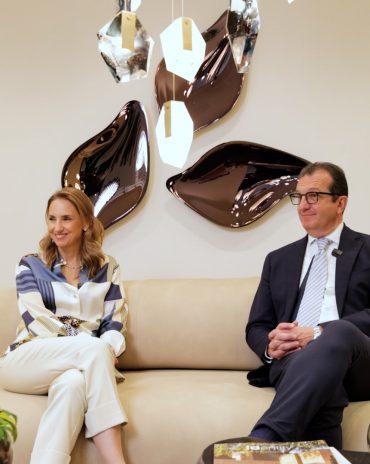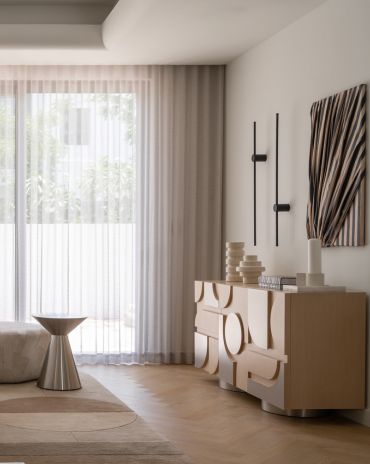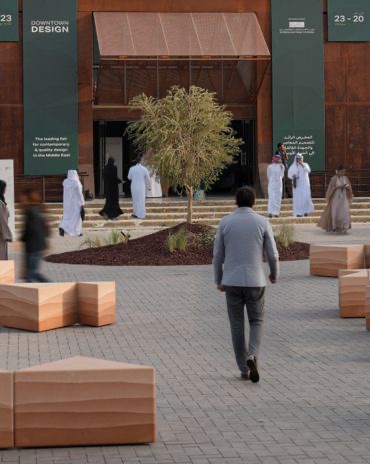Copyright © 2025 Motivate Media Group. All rights reserved.
From Private to Public
How ELE Interior is reshaping hospitality and commercial spaces around the world – while staying unmistakably itself
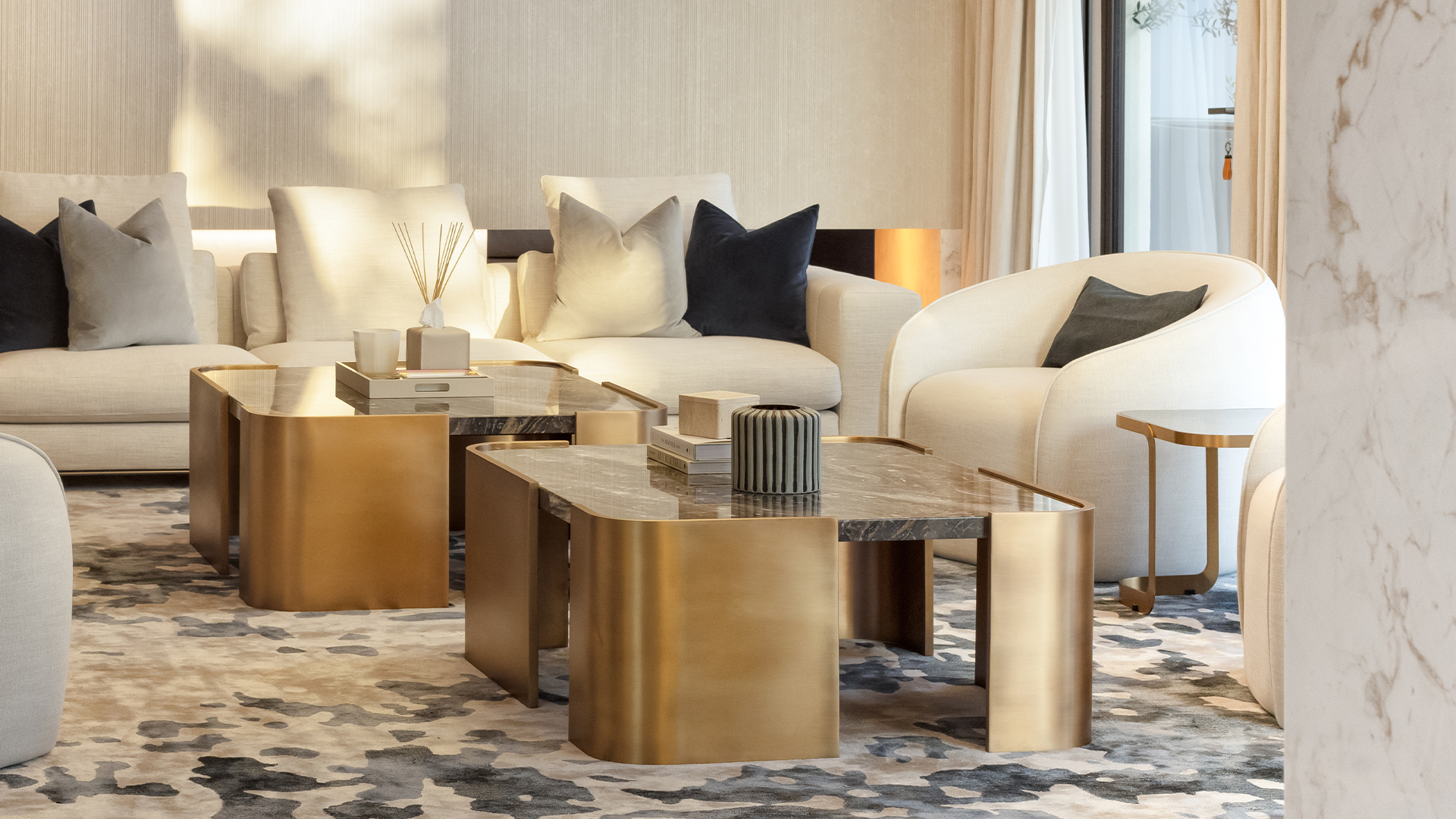
In a world of loud design statements and fast-moving trends, ELE Interior Design stands apart with quiet confidence. The Dubai-based studio has built its name not through spectacle, but through a design approach that is refined, responsive and resonant. And now, as it expands across continents, typologies and markets, its voice isn’t just clearer – it is becoming the first choice for clients who value depth, clarity and distinction.
What began as a boutique residential practice is now a globally operating studio, shaping everything from hospitality developments in Africa to bespoke family homes in the UK and US. But this isn’t simply about expansion. It’s about intention – about designing spaces that feel rooted, relevant and quietly remarkable, no matter the scale.
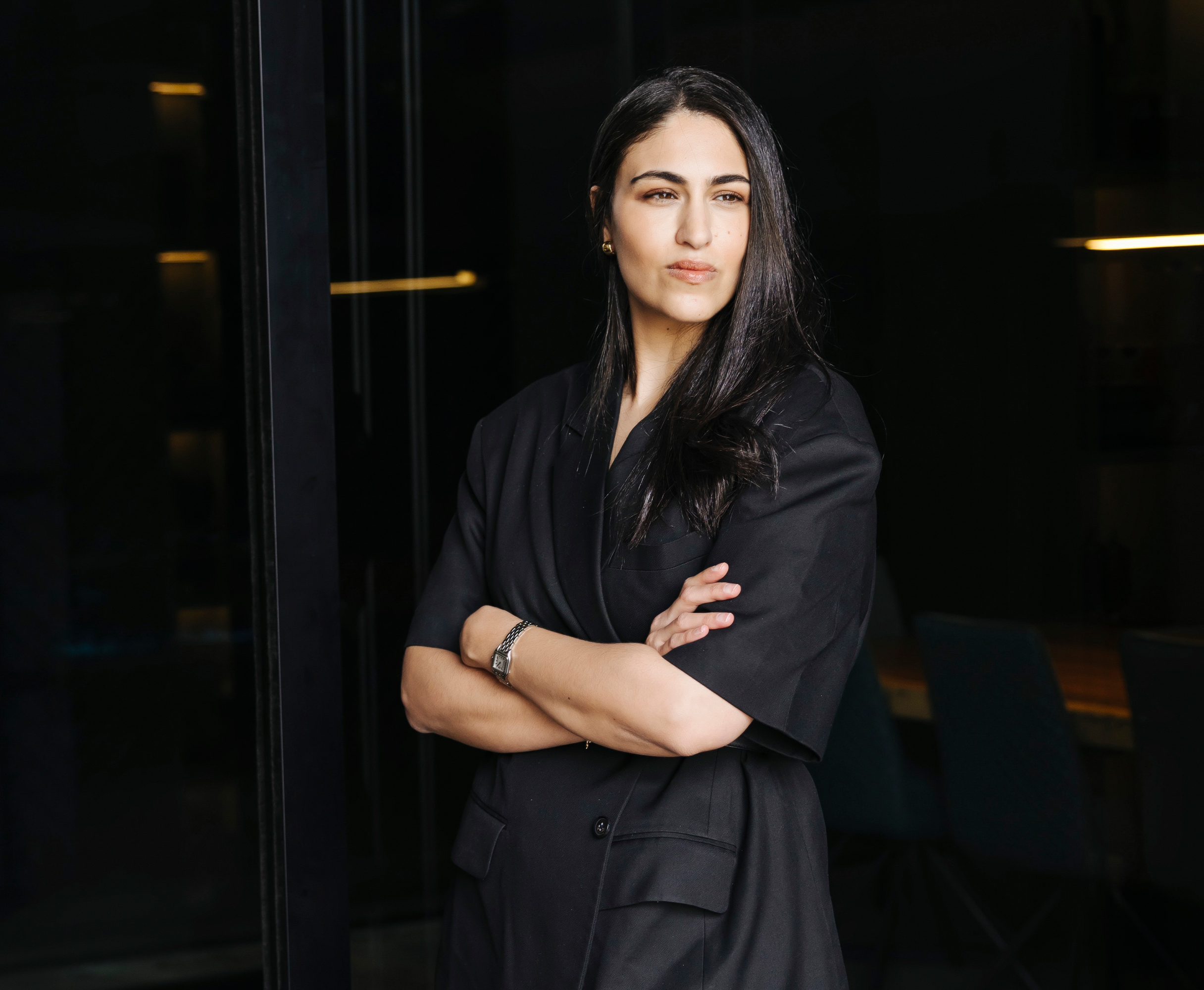
Leali Ezzat, Founder and Design Director, ELE Interior Design
Design that Resonates Across Borders
ELE’s growing international presence is the result of something deeper than ambition. It is driven by confidence in its creative direction, an ability to navigate complexity with ease, expertise honed through diverse project experience, and a nuanced understanding of cultural context and sourcing networks. These qualities are earning the studio trust across the world – and positioning it as a leader among design practices emerging from the Middle East.
In the UK, ELE is collaborating with high-end developers on residential projects that blend classical architectural cues with a restrained, contemporary sensibility. These homes, tailored for modern family life, reflect a balance between familiarity and finesse.
In the US, ELE’s visual storytelling – through imagery and social media – has drawn a new wave of clientele. From North Carolina to California, the studio is designing culturally attuned mansions for diaspora families and globally minded individuals who feel seen by its design language. The practice’s ability to source rare finishes from the Middle East and Asia has only deepened the appeal.
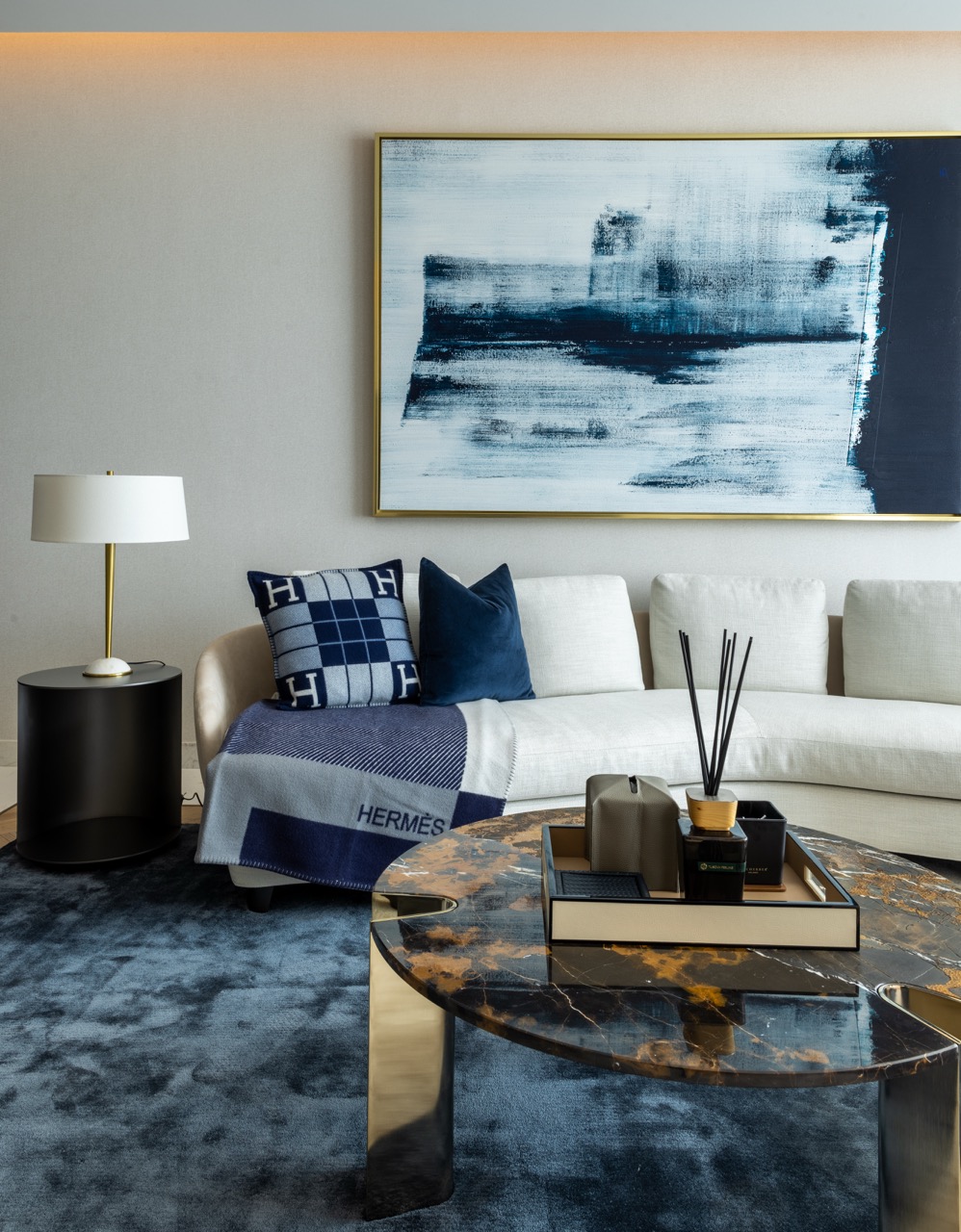
Africa: A Deepening Commitment
In East Africa, ELE’s presence is anchored by large-scale hospitality and township projects, including the revitalisation of a landmark hotel in Tanzania and a coastal community in Zanzibar. These bring together architecture, wellness and civic programming while remaining grounded in local tradition. In Kenya, the studio is developing high-end residences, with West Africa next on the horizon. These projects are not regional outliers – they are central to ELE’s global evolution. They demonstrate the studio’s ability to engage with cultural and environmental specificity, to lead with respect, and to deliver design that is both ambitious and appropriate. The scale may shift, but the sensibility holds.
A Studio of Increasing Relevance
As design clients become more globally mobile and culturally attuned, there is a growing appetite for studios that can operate with both vision and versatility. ELE Interior Design responds to that need with quiet authority. Its work carries the confidence of experience, the agility to move across typologies, the expertise to manage complexity, and the cultural knowledge that ensures every detail is meaningful.
What sets ELE apart is not a signature look, but a signature intelligence – one that reveals itself slowly, deliberately and without repetition. In a market driven by speed and sameness, it is this emotionally literate approach that is setting the studio apart.
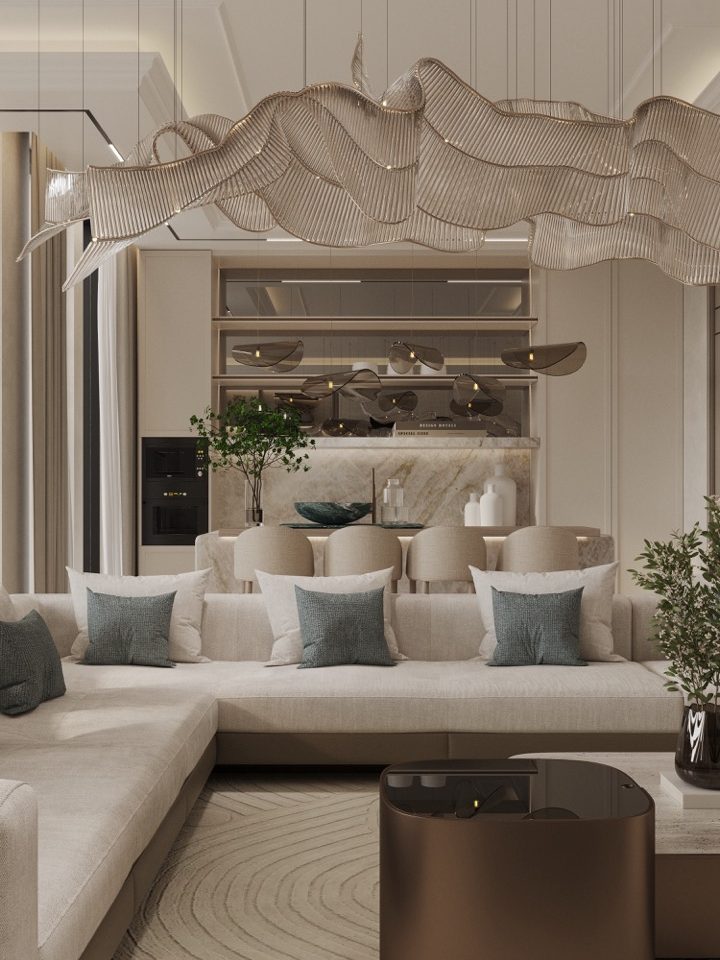
Design as Distinction
Whether shaping a hotel complex in East Africa, a home in the English countryside or a mansion in America, ELE brings the same conviction to every brief. The studio’s work doesn’t rely on formula or flourish. It listens first. Then it builds – purposefully and with enduring clarity.
Africa remains a core chapter in this story. From Zanzibar to Kenya and beyond, ELE is designing for both present function and long-term resonance. These projects affirm a simple truth: the studio doesn’t follow patterns – it responds to place.
It is this consistency – rooted in confidence, ability, expertise, and knowledge – that is quietly redefining ELE’s position on the global stage. Clients don’t come to ELE for spectacle. They come for substance; for a studio that understands the nuance of global life and the intimacy of lived space.
This isn’t about being everywhere. It’s about being the natural choice, again and again, for those who want more than style. They want clarity. They want care. And they want a studio that knows how to make it last. Not louder; just unmistakable, and the one that people return to.
Photography by Dominic Reechelle
The Latest
Nebras Aljoaib Unveils a Passage Between Light and Stone
Between raw stone and responsive light, Riyadh steps into a space shaped by memory and momentum.
Reviving Heritage
Qasr Bin Kadsa in Baljurashi, Al-Baha, Saudi Arabia will be restored and reimagined as a boutique heritage hotel
Alserkal x Design Miami: A Cultural Bridge for Collectible Design
Alserkal and Design Miami announce one of a kind collaboration.
Minotticucine Opens its First Luxury Kitchen Showroom in Dubai
The brand will showcase its novelties at the Purity showroom in Dubai
Where Design Meets Experience
Fady Friberg has created a space that unites more than 70 brands under one roof, fostering community connection while delivering an experience unlike any other
Read ‘The Winner’s Issue’ – Note from the editor
Read the December issue now.
Art Dubai 2026 – What to Expect
The unveils new sections and global collaborations under new Director Dunja Gottweis.
‘One Nation’ Brings Art to Boxpark
A vibrant tribute to Emirati creativity.
In conversation with Karine Obegi and Mauro Nastri
We caught up with Karine Obegi, CEO of OBEGI Home and Mauro Nastri, Global Export Manager of Italian brand Porada, at their collaborative stand in Downtown Design.
The Edge of Calm
This home in Dubai Hills Estate balances sculptural minimalism with everyday ease
An interview with Huda Lighting at Downtown Design
During Downtown Design, we interviewed the team at Huda Lighting in addition to designers Tom Dixon and Lee Broom.
Downtown Design Returns to Riyadh in 2026
The fair will run its second edition at JAX District

